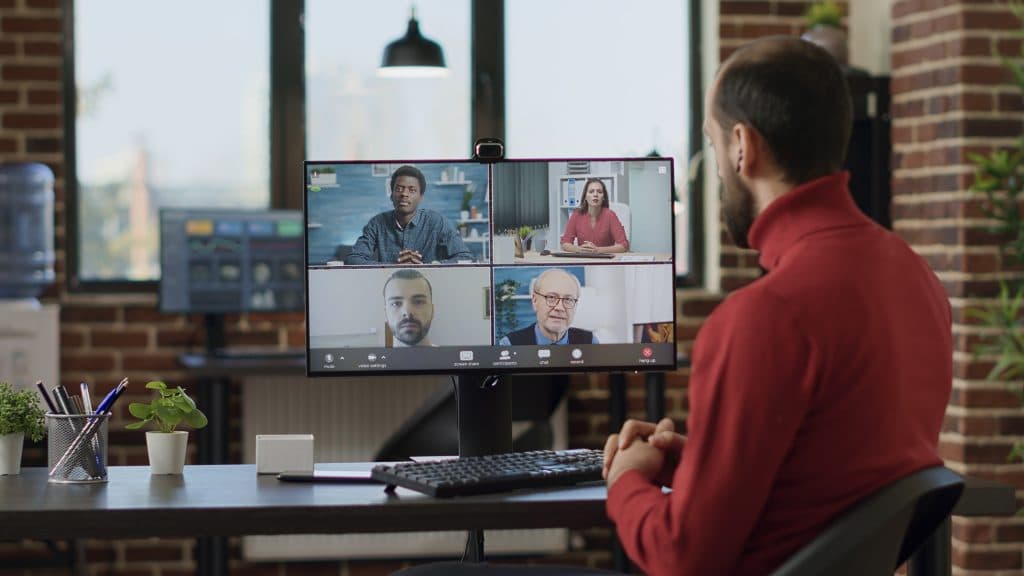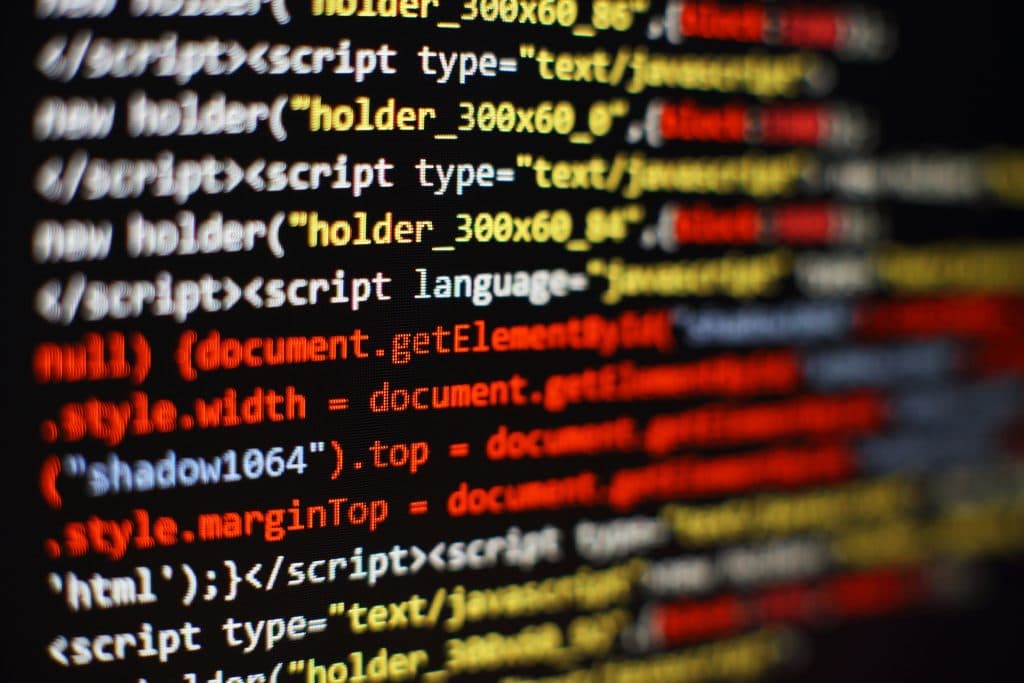What is HMI Software? A Quick Guide
HMI software helps people easily control and monitor machines, boosting safety and efficiency in industries like manufacturing and energy.
So, here’s a question: how do people and machines actually “talk” to each other in big industries like manufacturing or energy? It’s not magic—it’s something called Human-Machine Interface (HMI) software. This is the tech that makes it easy for humans to control machines, check how they’re running, and fix things when needed. Think of it like a dashboard in your car but for way bigger, more complex systems.
What Exactly Does HMI Do?
Basically, HMI is what shows you what’s going on inside a machine or system. It might look like a touchscreen, a digital display, or even just some buttons and lights. Without it, operators would have to guess what’s happening or dig through a bunch of data, which sounds… stressful.
Some cool stuff HMI can do:
- Show what’s happening in real-time: Like, is the machine running okay, or is there a problem?
- Send alerts: If something’s broken or about to go wrong, it tells you right away.
- Let you customize settings: Need more speed, less heat, or a different process? You can tweak it.
- Simplify data: Instead of raw numbers, it uses graphs or visuals so people can understand stuff faster.
Why Does This Matter?
- Saves a ton of time: Imagine trying to read a 50-page manual every time something goes wrong. HMI makes it quick and simple.
- Keeps things safe: Machines aren’t always predictable. With HMI, you get warnings before things blow up—literally or figuratively.
- Reduces costs: When you catch small problems early, you avoid huge repair bills. That’s just common sense.
- Makes decisions easier: You’ve got all the info you need on one screen, so you can make smart calls without second-guessing.
Real-Life Examples
HMI is everywhere, even if you don’t realize it:
- Factories: Operators use it to keep assembly lines and robots running smoothly.
- Power plants: It tracks things like temperature and pressure to avoid disasters.
- Smart homes: That thermostat you control from your phone? HMI at work!
- Transportation: Trains, planes, and even some cars use HMI to help with controls and monitoring.
Why Should You Care?
HMI isn’t just for engineers or tech people. It’s changing how industries work—and how people interact with machines. If you’ve ever adjusted a setting on a smart gadget or watched a progress bar on a device, you’ve already used a basic version of it.
This tech makes life easier, safer, and more efficient for people in all kinds of industries. And honestly? It’s kind of cool to see how humans and machines are working together in smarter ways every day.
So, there you have it—HMI software in a nutshell. It’s not just some fancy tool; it’s what’s making the future of tech more human-friendly.
Related Articles

Jul 22, 2025
Read more
The Cost of Hiring the Wrong Developer (and How to Avoid It)
A bad developer hire can cost you time, money, and trust. Here's how to spot red flags early—and avoid hiring the wrong developer.

Jul 16, 2025
Read more
How to Hire Remote Developers: Your Ultimate Guide
Hire remote developers with ease. Find where to locate top remote developers and vet them right in this guide.

Jul 14, 2025
Read more
CASE STUDY: Making Digital Screens Work Together Perfectly
8Seneca fixed Android display synchronization for a retail client with a simple, effective solution. Download the full case study.

Jul 08, 2025
Read more
Python for Business: How It Saves You Money and Time
Save money & time with Python development for your business. Learn how efficient Python software helps companies grow faster.

Jun 30, 2025
Read more
Digital Transformation for Business: What You Need to Know
Mastering digital transformation for your business. Get clear steps for tech adoption, growth, and a secure future.

Jun 25, 2025
Read more
The Ultimate Guide to Hiring Remote Developers for Your Tech Team.
Learn to hire remote developers successfully. Discover benefits, overcome challenges, and find top global tech talent with 8Seneca's guide.
